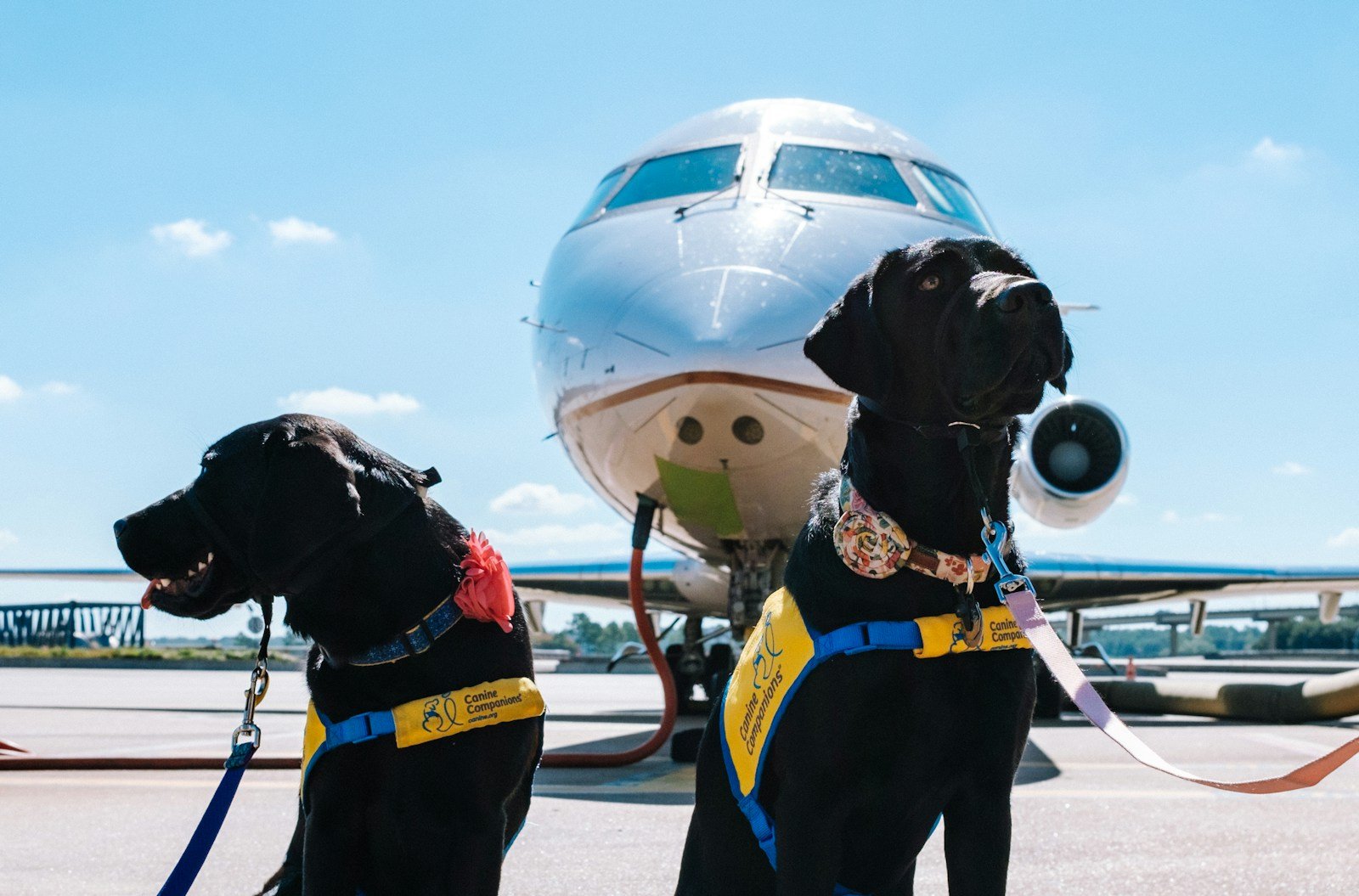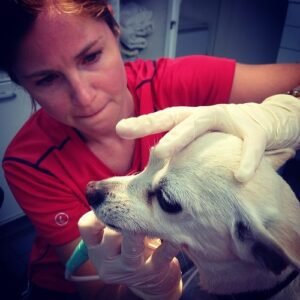Coming this summer, travelers bringing a dog into the U.S. will have to navigate complicated new rules for bringing a dog across the U.S. border.
Commencing on August 1, 2024, the U.S. Center for Disease Control (CDC) will implement new rules for dogs related to their health and past travel.
You will have to prove to the CDC some days in advance of a trip that your dog is more than 6 months old, is healthy, and has been microchipped. Most importantly, you will need to prove that your dog is vaccinated against rabies.
For those who like to travel on a whim, or often have unplanned movements across the border with their dog, this will curtain their usual travels while they navigate the new CDC rules.
Can My Dog Travel Across the U.S. Border?
The new rules are designed to keep rabies out of the country due to its risk to humans. Dogs are the primary transmitter of rabies to humans, and once clinical symtoms appear, rabies is 100% fatal according the World Health Organization.
There is a list of 100 countries that don’t have rabies under control. Many African countries are included, as well as countries in South America and Indonesia. Israel (including Gaza and the West Bank) are included also. If your dog has been in one of these countries, it’s likely that you will have difficulty at the U.S. border.
The CDC has a useful app called DogBot to help navigate the new rules that includes a list of those countries.
So What Are The Rules?
The biggest change is the requirement to have documentation prepared up to 10 days before your travel. If you don’t follow the CDC rules, your dog won’t be allowed to enter the U.S.
From August, you will need a veterinarian to fill out the CDC form. Some of the questions that will have to be answered are:

Will the dog be at least 6 months old AND have an International Organization for Standardization (ISO)-compatible microchip at the time of travel?
and, in the case of dogs who have been to the 100 countries flagged by the CDC:
Does the dog have a current, valid U.S.-issued rabies vaccine that was administered by a veterinarian in the United States?
For almost all dogs (except, for example, those arriving at a seaport), you will need to fly into the U.S. at an airport that has a CDC registered animal care facility. There are only six airports that apply, so you will need to ensure you arrive in one of them. A list is here.
An importer of a dog must reserve a place at the animal care facility before arriving at the airport. The dog will have to be examined and re-vaccinated. The importer will also have to have a Certification of Foreign Rabies Vaccination and Microchip, a CDC Dog Import Form, and a valid rabies serology titer from an approved laboratory.
For both importers and travelers, as well as having all documentaton in place, their dogs must appear healthy upon arrival.







